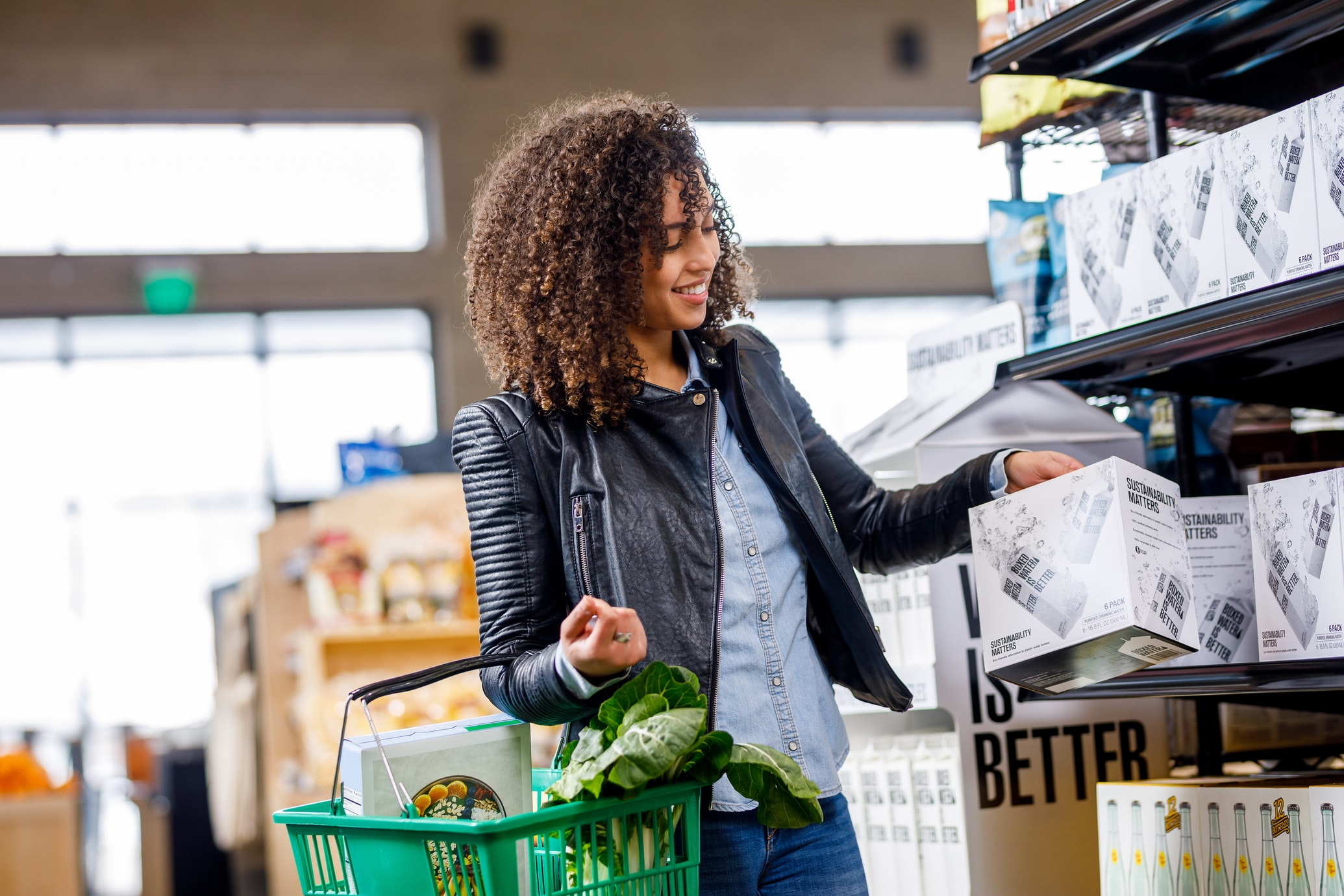
Economic Impact on Retail and Consumer Spending
Overview
It’s no surprise that the Economic cataclysm that has taken place in the last 3 years has slowly taken on a new shape. In the past few months, consumers have felt the pain of shipping delays through empty shelves, the pain of upsurges in raw materials through price increases, and have even felt the urgency of retailers to get ahead of inventory concerns by cutting orders and setting new products earlier than ever before.
There are many factors affecting the economic environment we are living in today.
- Inflation was +8.6% to last year in May of 2022 (*source IRI Retail Trend Report)
- The price per gallon of gas is $4.97, an increase to last year of +57%
- We are adding more consumers as population growth in the United States is +0.5%
- Unemployment has fallen -3.6% since last year
Despite seeing all these meaningful and significant shifts in our economic environment, we are still seeing growth within Retail Sales, +6.1% in May 2022.
Future instability is likely to occur with macro-influences such as government policy change, the Russia/Ukraine war and unpredictability in the Covid-19 Pandemic. Shoppers are considering snippets of some or all these impacts in the way they plan their discretionary spending. According to the University of Michigan, the Index of Consumer Sentiment is at a 10-year low and hovering at 58.4, a 7-point drop from the prior month and a 30-point drop from this time last year (*source the University of Michigan Index of Consumer Sentiment & US Census Bureau)


Channel Shift
As consumers make less trips to the store (*Kantar June 2022 channel activity) certain retail channels are affected more than others. Beauty and Apparel stores are most negatively affected, followed by home. Small format and value supermarkets are amongst very few enjoying gains in overall shopper trips for the moment. The pandemic pushed shoppers to adapt to new ways of shopping via digital apps and online shopping. While total retail sales growth was +6.1%, in May 2022, online sales led the charge at +7% vs brick & mortar at +5.8%.
Private Label
Private label represents a significate portion of sales across key consumer segments, hovering between 18 and 19 percent share nationally. Private Label was making large gains in market share across 2017-2019, however that trend turned in 2020 when the pandemic occurred, and Private Label saw its first market share loss in 4 years. 2021 maintained this downward trend that carried into the first part of 2022. However, in March and April of 2022, Private Label is making a resurgence and has grown market share to 18.9% across grocery categories, higher than the peak it achieved in 2019. *IRI Retail Trends, June 2022.
Overall Shopper Behavior
So, how does all this impact shopper spending?
- Shoppers are making less trips, with slightly higher trip incidence amongst high income shoppers.
- Trips are getting more expensive, with spending seeing consistent increases compared to last year.
- Despite spending more money on each trip, shoppers are buying the same number of products pointing toward price increases across the industry.
As many of these factors are showing minimal signs of slowing, we’ll continue to watch the impact on consumer behavior.
